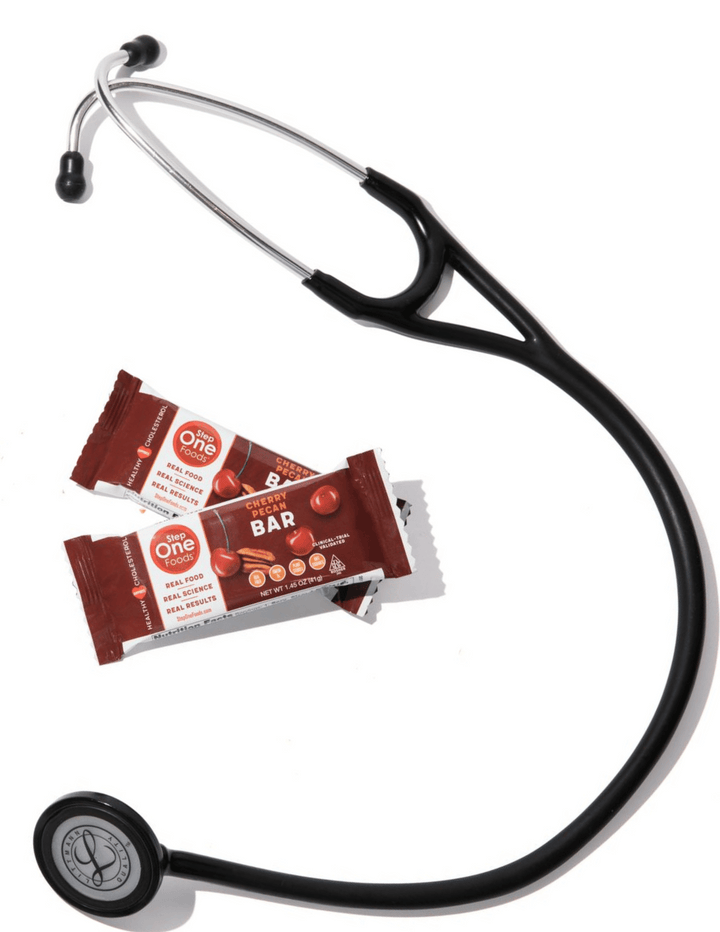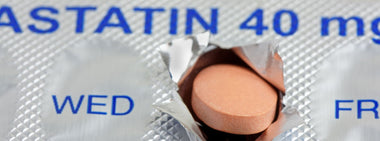A message to men: Don't just wait for symptoms!

I don’t typically see 30-year-old men as patients. Young men are typically not very concerned about their heart health. But this young man was in my office less for himself and more for his father. He was trying to figure out why his dad had just died suddenly – in his early 60s. There had been no clues!
His father had been overweight; his cholesterol wasn’t great and he was prediabetic. But he hadn’t been too concerned – after all, his doctors were watching all that. And his blood pressure had been high in the past, but he was on enough medication to keep it reasonably well controlled. Plus he’d been very active – without ever once experiencing chest pain, palpitations or unusual shortness of breath with even vigorous physical activity. In fact, he’d felt great. And then one day he just dropped over dead. From a heart attack.
If you think that absence of symptoms in an active middle-aged man indicates lack of cardiovascular disease, you’d be wrong. High cholesterol, high blood pressure, high blood sugar, excess weight – these are all risk factors for not only developing plaque in heart arteries but also for experiencing a heart attack (which, unfortunately, can be a terminal event).
About half of all deaths due to heart disease are sudden – and often the very first clue to the presence of underlying coronary artery disease.
Most people mistakenly think that heart attacks happen because heart arteries get more and more and more plugged over time. Going from a 70% to 80%, 90%, 95%, 99% and finally a 100% blockage. Actually, progressive narrowing of heart arteries leads to progressive exertional symptoms like chest pain, shortness of breath, unusual fatigue etc. that come on with less and less activity. These are chronic symptoms, not an acute event.
A heart attack happens because an area of plaque buildup becomes unstable and spontaneously bursts. And that doesn’t have to be at a site of a 99% blockage! In fact, most plaque ruptures happen in areas of milder build up. 50%, 40% even 30% blockages. The reason why people with 99% blockages are at higher risk for experiencing a heart attack is because they have more plaque buildup in general and therefore more 30, 40 and 50% blockages in the rest of their heart arteries.
Plaque is more likely to rupture when more risk factors are present. So high cholesterol, high blood pressure, high blood sugar, and excess weight don’t only ensure you accumulate plaque, they also ensure that any plaque you have is more vulnerable and more likely to burst.
Plaque rupture sets off a cascade of events that culminates in the formation of a blood clot at the site of the rupture. And because heart arteries aren’t very big to begin with, if the clot is large enough it can inadvertently obstruct blood flow beyond it. That’s a heart attack.
No wonder you can pass a stress test with flying colors on Monday and drop over dead on Wednesday. You didn’t have severe blockages, but you did have vulnerable plaque.
Hindsight is always 20/20. But looking back, there were plenty of clues that my patient’s father was at increased risk of a sudden cardiac event. Unfortunately, that risk was not actively mitigated, but instead simply observed. And this is the point of my blog this week. I want to remind everyone that being aware of risks and doing something about them are not one and the same. “Watching” cholesterol or blood sugar or blood pressure numbers does NOTHING to reduce their impact.
Having said that, observation is not a bad thing, especially if we’re trying out food or exercise as interventions, but there also needs to be a plan as to what we do depending upon what happens after the observation window is over (the timing of which should be clearly defined). Especially since managing heart disease risk factors has a multiplier effect – not only are you preventing plaque from building up in the first place, you’re also making sure that any plaque that’s already there is less likely to break down. Risk factors aren’t theoretical. They’re dangerous and should be mitigated within a reasonable period of time.
By the way, if you're a regular reader of this blog, you know that high cholesterol, high blood pressure, high blood sugar and excess weight are all caused by in part or in whole by food. Which is why eating better can have such an outsize impact on health outcomes. And why I started Step One Foods.
The truth is that 80% of heart disease need not exist. That means 80% of heart attacks - and strokes - and heart failure - and peripheral vascular disease need not exist. It also means that heart disease doesn’t need to take the lives of 60-year-old men out of the blue.
So if you’re a man reading this blog and you haven’t seen a doctor for a while, I urge you to get your risk factors evaluated. We can’t feel high cholesterol or high blood pressure or high blood sugar. And if any of these are abnormal, don’t just accept the advice to “watch” these values. Create a specific plan of attack with goals and timelines. And change the inputs that are driving the risks - especially diet, which impacts everything.
Your life just might depend on it.

Tested & Proven Results.
- Cardiologist formulated
- Supported by over 500 publications
- Clinically-proven, in a double-blind randomized trial with Mayo Clinic and The University of Manitoba
80% of participants lowered their cholesterol in just 30 days. With just two servings per day, Step One Foods offers a proven-effective way to naturally lower LDL (bad) cholesterol.
Get heart health tips and articles like this, delivered right to your email.
New articles every week.
You may also like...

Supplements for cholesterol lowering? Not so fast.

You don’t need to avoid foods with cholesterol…except for these



